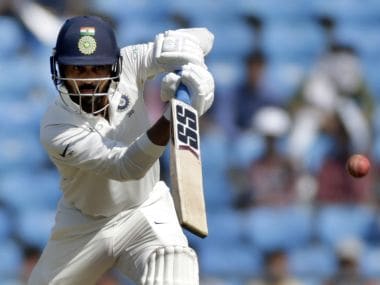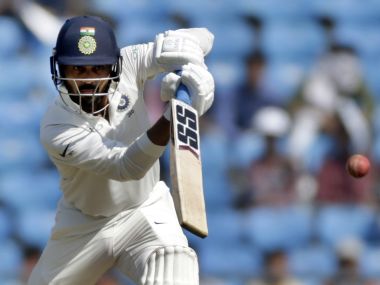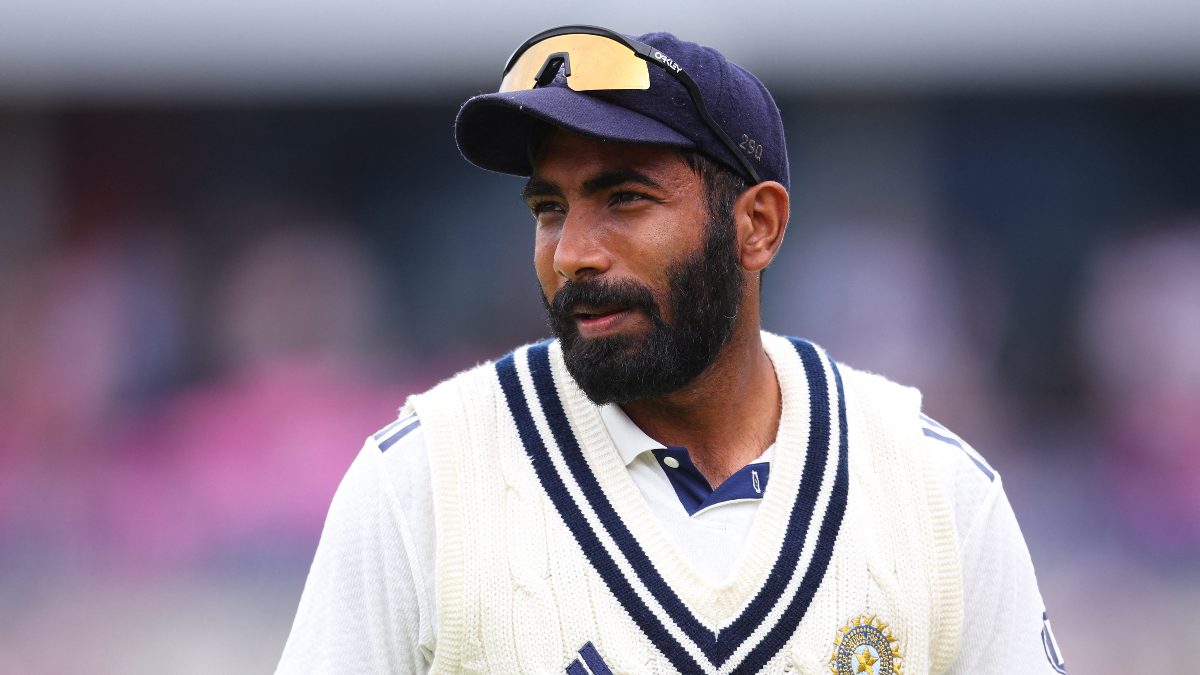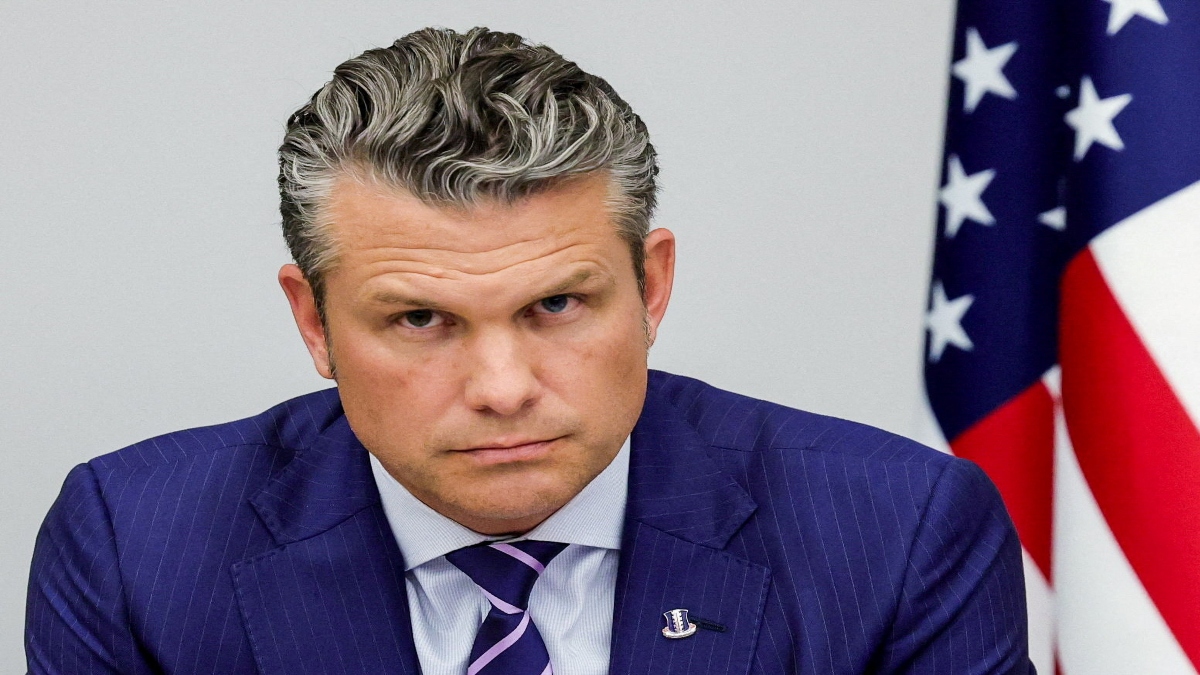Leave or play? The question that Murali Vijay asks while batting will be pondered by the Indian team management ahead of the Tests in Australia. At the moment, they seem to be in a mood to choose what Vijay would usually do so well — leave. It’s too soon to play him again, with his scratchy performance in England still fresh in memory. KL Rahul and Prithvi Shaw were set to have the first bite of the cherry on the 6 December in Adelaide. But Shaw’s ill-timed ankle injury on Friday during the third day of the warm-up game against Cricket Australia XI changed the scenario completely. It was another highlight of a rollercoaster 12 months for Vijay. Going into the Tests in South Africa, the questions were over the identity of his opening partner. Vijay was fit, scoring runs, and Father Time had not turned his unforgiving gaze upon him. The opener’s stability was prized, especially in conditions where the new ball poses a more serious threat than in India. Vijay’s record on past tours only boosted confidence in his ability. There was the 97 at Kingsmead (Durban) when India toured South Africa in 2013. His essay was nurtured in the excess of five hours, although it was not good enough to save India from a series-deciding loss. Later that year, Vijay topped the run-scoring charts for his team in England, and he was only behind Steve Smith and Virat Kohli when India lost 0-2 away to Australia. [caption id=“attachment_4237155” align=“alignleft” width=“380”]  File image of India’s Murali Vijay. AP[/caption] Despite the defeats, Vijay had carved out a reputation for playing long knocks that lent much-needed stability to the Indian batting lineup. It was a team given to sloppy collapses otherwise. Last year, after a fruitful home season had birthed optimism yet again, it was no surprise to see Vijay mentioned repeatedly as India prepared for another round of foreign Test tours. The opener, however, experienced his worst patch of form since India took the plane to South Africa. Indecision besieges his batting, muddled thinking his defining attribute at the moment. Leave or play? That eternal question is no longer answered with conviction. And once when he did get past the early troubles, a rash stroke followed – in Centurion this year when Keshav Maharaj dismissed Vijay for 46. That score has not been surpassed by him since. The first two Tests in England only revealed the extent of the slide. The 34-year-old was a walking wicket. After the Lord’s debacle, the team management finally lost its patience with Vijay and he was dropped from the squad altogether once India won the third Test in Nottingham. Vijay, however, saw the decision as an opportunity and decided to play county cricket for Essex. A string of high scores followed, and they kept him in the conversation surrounding the opening slot. Although he missed out on the West Indies series at home, Vijay’s excellent displays on Australian pitches four years ago were not forgotten. So he was selected as the third opener for the Tests. And now with Shaw’s absence, the Tamil Nadu batsman is set to come back sooner into the team than most thought. Keeping in mind this possibility, Vijay was also sent on the India A tour to New Zealand early this month. Although he played only one match there, a half-century in the second innings would have done some good to the confidence of a batsman who has seemed diffident lately. More importantly, the tour allowed him time at the wicket. Ever since Vijay hurt his wrist last year, he has actively sought more game time out rather than working in the nets. Although Australian conditions are not the same as those across the Tasman Sea, the experience could not have harmed the opener. But has he restored his balance? Vijay, in some senses, is the antithese of the batsman he will replace, Prithvi Shaw. Not because he scores at a slower rate, but it is more to do with the way they became professional cricketers. Vijay famously played tennis-ball cricket late into his teens, outside the formalised structure of Indian cricket. Shaw, on the other hand, is a beneficiary of the expanded structure of the sport in India, participating throughout age-level tournaments. A thoroughbred cricketer, if ever there was one. Vijay, on the contrary, is rough-hewn, even though he’s accomplished in more ways than one.
It is quite possible that he might be the last Indian Test cricketer to chart a path away from the Indian cricket factory. Vijay was a cricketer made in the process of self-discovery, a batsman who denied himself some pleasures even as he broke newer pastures. Vijay used to be an aggressive butcher of the ball as a teenager; he had to find a more restrained way to become a permanent fixture in elite cricket. Perhaps, as he tries to recover that elusive balance between leave and play, the answer might be to loosen some strings.
After all, it’s unlikely that Vijay has much time left on the international stage. For a batsman who has 59 Test caps, it’s remarkable that he has not fully excavated his repertoire. Mere hints of a more aggressive player have been dropped along the way. Perhaps, therein lies the possibility for rejuvenation. Even as Vijay battles time, he has an opportunity to find newer rhythms for his batting. It’s unlikely that will transpire, but if Vijay is to extend his Test career beyond Australia, he will have to find solutions soon. Priyansh is an independent writer in New Delhi. He tweets @GarrulousBoy.


)

)
)
)
)
)
)
)
)



